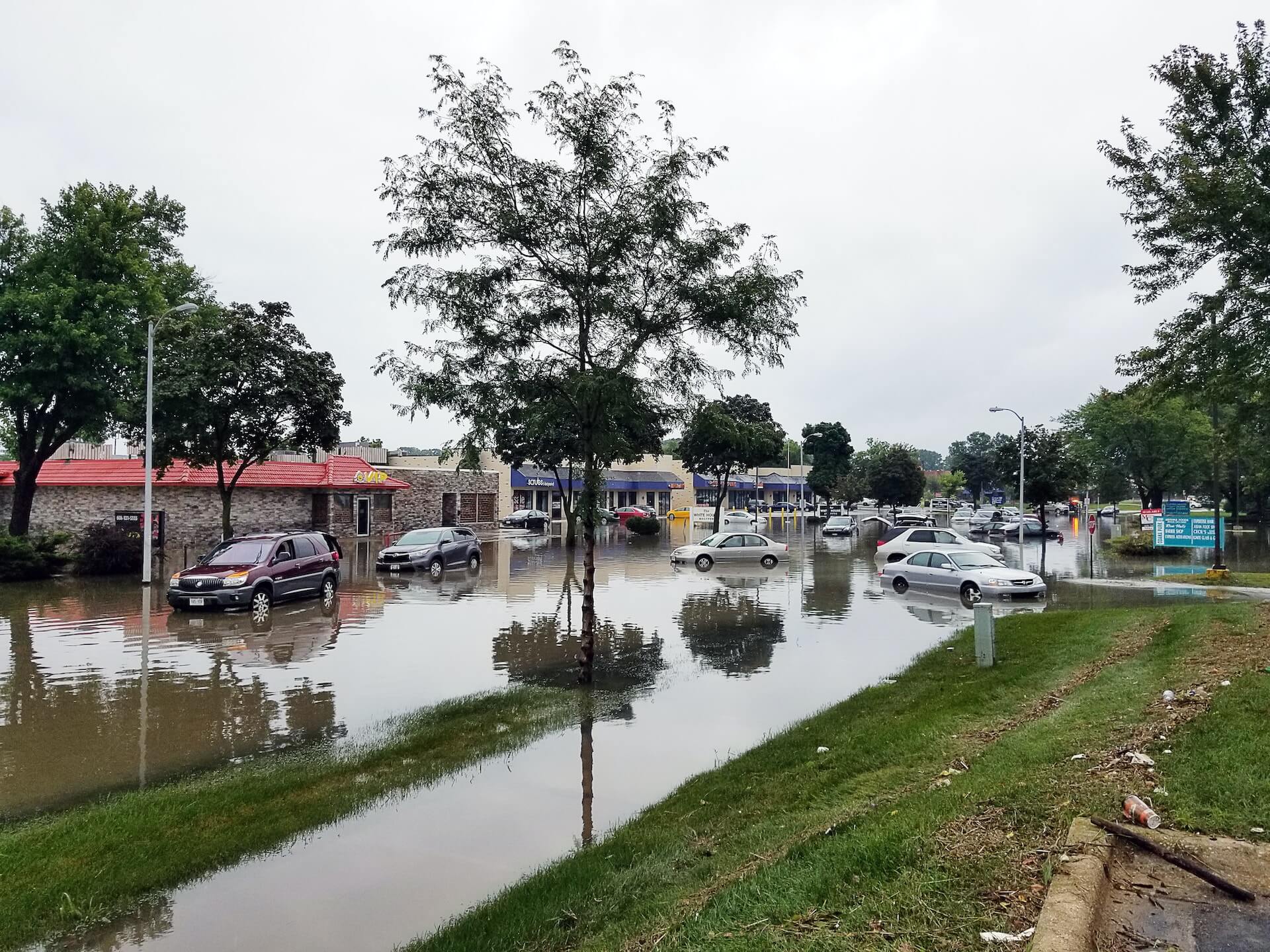Water Damage in Educational Institutions: Ensuring a Safe Learning Environment
Water damage in educational institutions can pose significant challenges, not only in terms of infrastructure but also in ensuring the safety and well-being of students, staff, and faculty. Addressing water damage promptly and implementing preventive measures are crucial for maintaining a safe and conducive learning environment.
1. Rapid Response to Water Damage:
- Fact: Swift action is essential when water damage occurs in educational institutions. Quick response helps prevent further damage to infrastructure and reduces the risk of mold growth.
- Fiction: Ignoring or delaying the response to water damage may lead to more extensive and costly repairs. Immediate assessment and mitigation are critical to minimizing the impact on the learning environment.

2. Health and Safety Concerns:
- Fact: Water damage can pose health and safety risks, including mold growth, structural damage, and potential electrical hazards. Mold spores and damp conditions can contribute to respiratory issues and allergies.
- Fiction: Assuming that water damage only affects the physical structure is a misconception. The health and well-being of students and staff can be compromised if proper measures are not taken to address water damage promptly.
3. Collaborative Approach:
- Fact: Collaboration between educational institutions, maintenance staff, water damage restoration professionals, and health officials is essential for a comprehensive response to water damage. Coordinated efforts ensure effective communication and timely resolution.
- Fiction: Assuming that addressing water damage is solely the responsibility of facility management overlooks the importance of a multidisciplinary approach. Involving various stakeholders enhances the overall effectiveness of response and prevention strategies.
4. Prevention Through Maintenance:
- Fact: Regular maintenance and inspections can help identify potential issues before they lead to water damage. Proactive measures, such as roof inspections, plumbing checks, and drainage maintenance, contribute to preventing water-related incidents.
- Fiction: Neglecting routine maintenance and assuming that water damage is unavoidable can result in preventable issues. Proactive strategies can significantly reduce the likelihood of water damage in educational institutions.
5. Education and Awareness:
- Fact: Educating staff, students, and faculty about the importance of reporting leaks, water stains, or any signs of water damage fosters a culture of awareness. Prompt reporting enables quick intervention and minimizes the impact of water damage.
- Fiction: Assuming that everyone understands the importance of reporting water-related issues without explicit education may lead to missed opportunities for early detection and prevention.
6. Contingency Planning:
- Fact:Developing and regularly updating contingency plans for water-related emergencies is crucial. These plans should outline response procedures, key contacts, and evacuation protocols if necessary.
- Fiction: Assuming that water damage emergencies are rare and not preparing for them can result in chaos and increased risk. Having well-defined contingency plans ensures a organized and efficient response.
Conclusion:
Addressing water damage in educational institutions is paramount for maintaining a safe and conducive learning environment. Swift and coordinated responses, health and safety considerations, proactive maintenance, education, and contingency planning are key components of a comprehensive strategy to mitigate the impact of water damage. By prioritizing these aspects, educational institutions can minimize disruptions, safeguard the well-being of students and staff, and preserve the integrity of their infrastructure.
Water Damage Contractors - Nationwide and Local Service:
In times of water damage emergencies, engaging the services of reputable Water Damage Contractors - Nationwide Service and local reach is crucial. These professionals bring expertise in rapid response, damage assessment, and efficient restoration. Their ability to provide timely and effective solutions ensures that educational institutions can recover quickly from water-related incidents. While nationwide service offers access to a broad network of resources, local water damage contractors bring the advantage of swift on-site response, familiarity with local conditions, and community-oriented service. By combining nationwide and local water damage service, institutions can establish a robust and adaptable approach to managing water damage challenges.